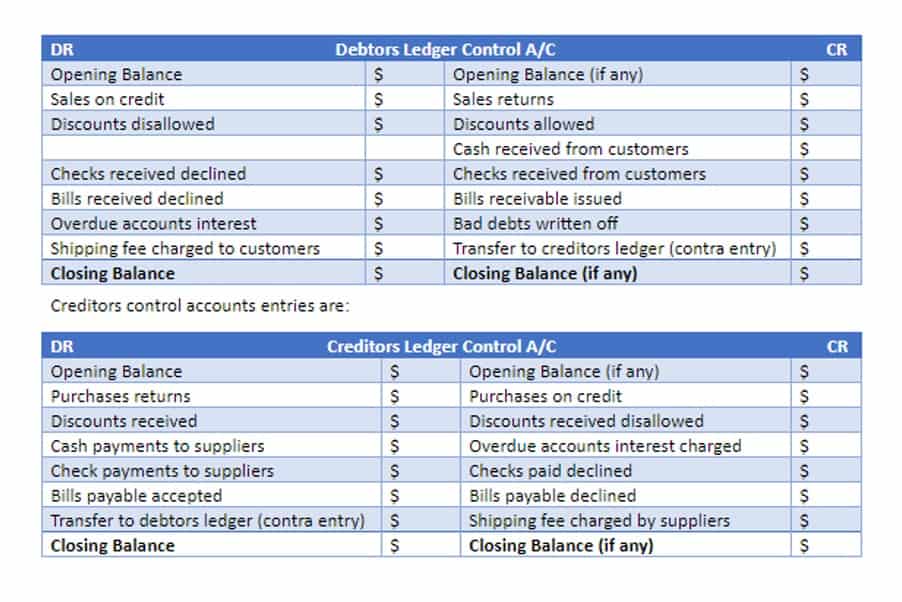
When doing this by hand, I always cross out the number of units and write in the remaining amount. Keeping track of the number of units remaining will help to ensure that you take your units from the correct date and calculate ending inventory properly. Remember that under FIFO, periodic and perpetual inventory systems will always give you the same cost of goods sold and ending inventory. While this check figure will not ensure that you picked the right retained earnings units, it will ensure that you accounted for all the units and calculated the cost correctly.
Advantages of FIFO Over LIFO and Other Methods
Thus, the above example of FIFO inventory method gives a clear idea about the valuation process. For example, say a rare antiques dealer purchases a mirror, a chair, a desk, and a vase for $50, $4,000, $375, and $800 respectively. If the dealer sold the desk and the vase, the COGS would be $1,175 ($375 + $800), and the ending inventory fifo method formula value would be $4,050 ($4,000 + $50). For example, say that a trampoline company purchases 100 trampolines from a supplier for $40 apiece, and later purchases a second batch of 150 trampolines for $50 apiece.

FIFO Method’s Effect on Financial Reports
That would leave 50 units from beginning inventory and 75 from the purchase on January 3rd. Update the list of goods available for sale to reflect what was sold and the additional purchase on January 12. Under the moving average method, COGS and ending inventory value are calculated using the average inventory value per unit, taking all unit amounts and their prices into account. Using specific inventory tracing, a business will note and record the value of every item in their inventory. Inventory value is then calculated by adding together the unique prices of every inventory unit.

Choosing the Right Inventory Valuation Method
- FIFO better reflects actual inventory flows and enables more accurate financial reporting.
- In the LIFO vs FIFO discussion, the specific identification method matches each unit sold to its actual price.
- Other methods of determining inventory movements included LIFO (last in first out) and Average Cost.
- After calculating FIFO COGS and adjusting for returns, the final step is recording the figure in financial statements.
When you insert a coin and turn the knob, those gumballs at the bottom, which went in first, will be the ones that come out first. The gumballs remaining in the machine at the end of the period—your inventory—are the gumballs that were added last. The goods that you first purchased will be the first ones to go to COGS upon sale. Efficient returns management requires robust systems to track and process returns, ensuring accurate inventory valuation and minimizing operational errors.
During the CCC, accountants increase the inventory value (during production), and Bookkeeping for Painters then, when the company sells its products, they reduce the inventory value and increase the COGS value. As a result, ABC Co’s inventory may be significantly overstated from its market value if LIFO method is used. It is for this reason that the adoption of LIFO Method is not allowed under IAS 2 Inventories. Jami Gong is a Chartered Professional Account and Financial System Consultant. She holds a Masters Degree in Professional Accounting from the University of New South Wales. Her areas of expertise include accounting system and enterprise resource planning implementations, as well as accounting business process improvement and workflow design.
Documentation Essentials for FIFO Accounting

The FIFO method assumes the first products a company acquires are also the first products it sells. The company will report the oldest costs on its income statement, whereas its current inventory will reflect the most recent costs. FIFO is a good method for calculating COGS in a business with fluctuating inventory costs.

- Additionally, any inventory left over at the end of the financial year does not affect cost of goods sold (COGS).
- Inventory is valued at cost unless it is likely to be sold for a lower amount.
- Learn more about what types of businesses use FIFO, real-life examples of FIFO, and the relevance of FIFO with frequently asked questions about the FIFO method.
- It’s required for certain jurisdictions, while others have the option to use FIFO or LIFO.
- To find the cost valuation of ending inventory, we need to track the cost of inventory received and assign that cost to the correct issue of inventory according to the FIFO assumption.
- This ensures the accuracy of financial statements like the balance sheet and income statement.
Understanding this method ensures accurate reporting and compliance with accounting standards. The FIFO formula calculates the cost of goods sold by multiplying the cost of the oldest inventory items purchased by the number of units sold during the accounting period. The FIFO inventory method assumes that the oldest goods purchased are the first to leave the company as sales occur.
This results in inventory assets recorded at the most recent posts on the balance sheet. FIFO stands for “first in, first out”, which is an inventory valuation method that assumes that a business always sells the first goods they purchased or produced first. This means that the business’s oldest inventory gets shipped out to customers before newer inventory. But regardless of whether your inventory costs are changing or not, the IRS requires you to choose a method of accounting for inventory that’s consistent year over year.
